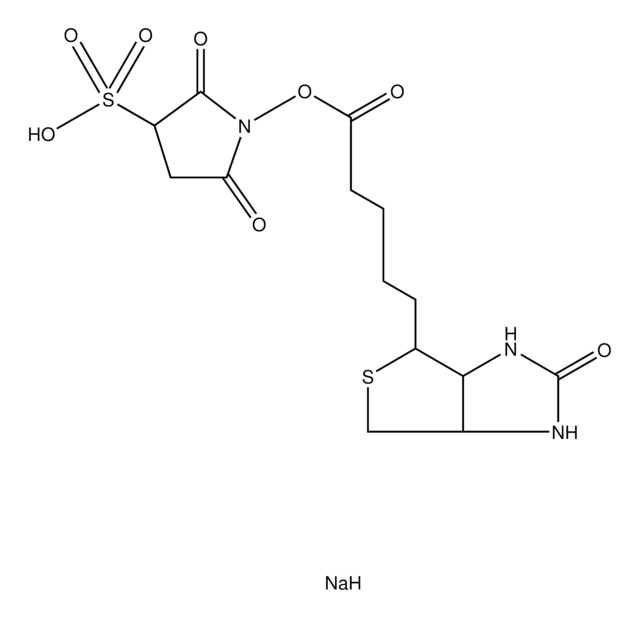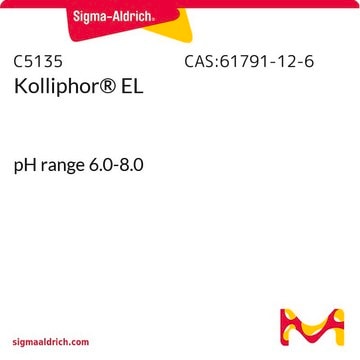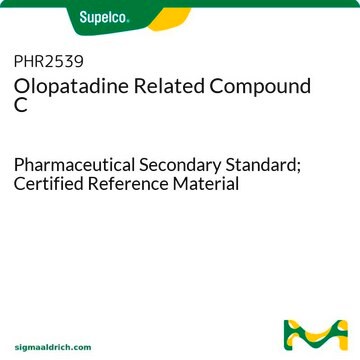O0391
Olopatadine hydrochloride
≥98% (HPLC)
Sinônimo(s):
(11Z)-11-[3-(Dimethylamino)propylidene]-6,11-dihydrodibenz[b,e]oxepin-2-acetic acid hydrochloride, AL-4943A, KW-4679, Opatanol, Patanol
Selecione um tamanho
Selecione um tamanho
About This Item
Produtos recomendados
Ensaio
≥98% (HPLC)
Formulário
solid
solubilidade
H2O: ≥20 mg/mL
temperatura de armazenamento
room temp
cadeia de caracteres SMILES
Cl.CN(C)CC\C=C1\c2ccccc2COc3ccc(CC(O)=O)cc13
InChI
1S/C21H23NO3.ClH/c1-22(2)11-5-8-18-17-7-4-3-6-16(17)14-25-20-10-9-15(12-19(18)20)13-21(23)24;/h3-4,6-10,12H,5,11,13-14H2,1-2H3,(H,23,24);1H/b18-8-;
chave InChI
HVRLZEKDTUEKQH-NOILCQHBSA-N
Informações sobre genes
human ... HRH1(3269)
Procurando produtos similares? Visita Guia de comparação de produtos
Ações bioquímicas/fisiológicas
Palavra indicadora
Danger
Frases de perigo
Declarações de precaução
Classificações de perigo
Acute Tox. 3 Oral - Aquatic Acute 1
Código de classe de armazenamento
6.1C - Combustible acute toxic Cat.3 / toxic compounds or compounds which causing chronic effects
Classe de risco de água (WGK)
WGK 3
Ponto de fulgor (°F)
Not applicable
Ponto de fulgor (°C)
Not applicable
Escolha uma das versões mais recentes:
Certificados de análise (COA)
Não está vendo a versão correta?
Se precisar de uma versão específica, você pode procurar um certificado específico pelo número do lote ou da remessa.
Já possui este produto?
Encontre a documentação dos produtos que você adquiriu recentemente na biblioteca de documentos.
Active Filters
Nossa equipe de cientistas tem experiência em todas as áreas de pesquisa, incluindo Life Sciences, ciência de materiais, síntese química, cromatografia, química analítica e muitas outras.
Entre em contato com a assistência técnica










